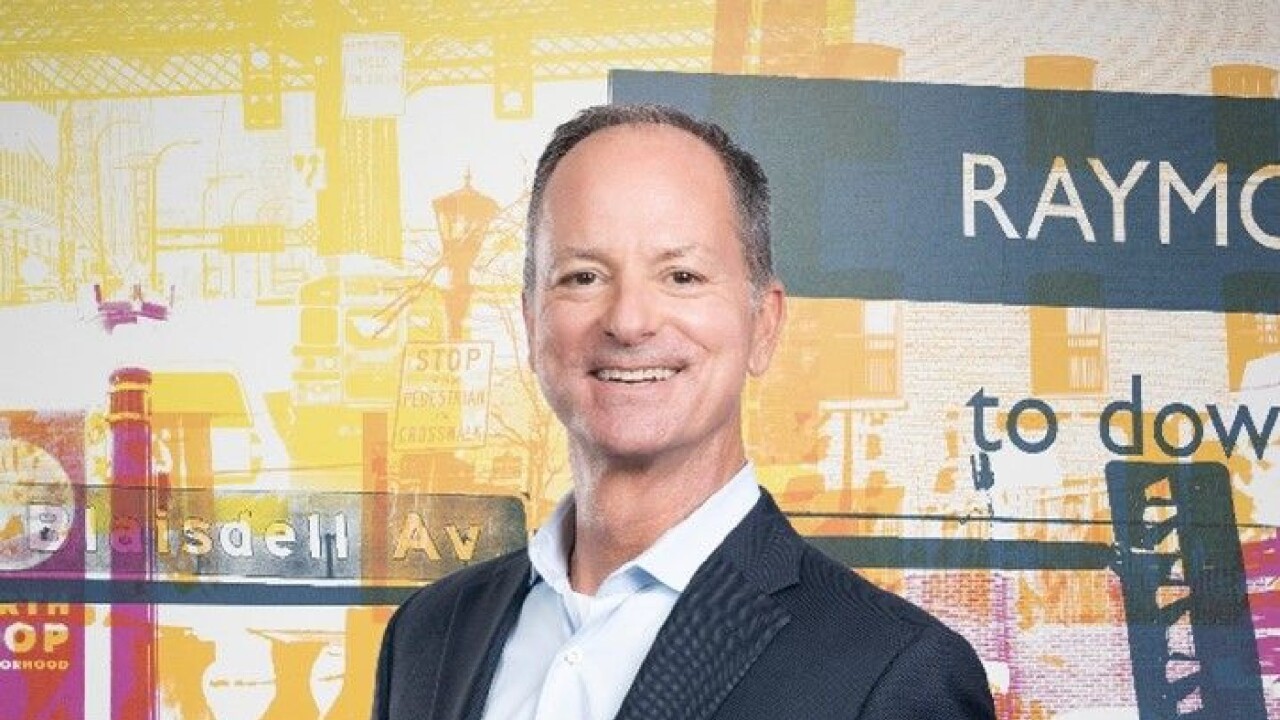-
Arch U.S. MI's acquisition of United Guaranty Corp. will make one of the smallest private mortgage insurers the sector's new market leader. While the move is likely to ease pricing competition among the six remaining players, it's not expected to set off a wave of further consolidation.
August 16 -
Fannie Mae and Freddie Mac's experiments with selling credit risk to investors are a critical element of new plan to merge the two entities and move them out of conservatorship, but what form so-called credit risk transfers take could make a big difference.
April 8 -
The Federal Housing Finance Agency has opened the door to experimenting with front-end credit risk transfer transactions, but it is not wide enough for some market players.
July 5
Mortgage insurance doesn't get a lot of notice these days. But the recently
Mortgage insurers got more attention in the mortgage crisis, but not for good reasons. It was a traumatic period. Three of the eight MI companies stopped writing insurance and others faced nearly catastrophic losses that were in part ameliorated by amplified rescission rates on MI policies that to this day remain a sore point for many mortgage lenders.
Back then, a number of observers were sounding the death knell of an industry that was seen as being closely linked with the government-sponsored enterprises. Some wondered whether mortgage insurers had outlived their once-useful business model of insuring GSE-eligible mortgages with loan-to-value ratios above 80%.
Yet some little-discussed facts about the mortgage insurance sector should put it in a more positive light. Surprisingly, despite a number of strong headwinds working against the industry today, this business could be the catalyst for bringing private capital back to the mortgage market – an elusive goal in the eight years since the U.S. government effectively nationalized the secondary mortgage market.
The MI industry, unlike a number of our largest financial institutions, did not take taxpayer bailout money, providing a model for how the process should work. That is to say firms that take risky bets should not be able to live another day due to the selective largesse of policymakers. In addition, those MI companies that did survive through the crisis provided an important countercyclical anchor to the housing market by continuing to write mortgage insurance even as the financial storm was raging. That was in contrast to Wall Street investors who ran for the exit at the first sign of trouble in the private-label securities market.
Further, with new entrants to the private mortgage industry and successful capital-raising by existing MIs, the sector has stabilized and is performing well again. With recent upgrades in external ratings by a number of companies, strong risk-based capital requirements, and the best underwriting environment in decades, the industry is well positioned to take on a larger role in bringing private capital to mortgage finance.
However, the long-term success of MIs is not a sure thing. A number of forces work against the industry taking it to the next level. First, mortgage insurers tend to be monoline companies. In a highly cyclical industry, their fortunes are inextricably linked to the health of the overall economic and housing market. Compound that with assets that tend to be highly correlated in market downturns and a limited ability to shape upfront underwriting practices and quality, and you have the makings of an inconvenient business model over the long term. Fair pricing of risk has also been shown to be problematic during periodic crises.
Further, a patchwork of state insurance regulators makes it highly inefficient to price risk in the market for MI companies as they have to seek approval to set MI premiums with these agencies each time they change their rate cards. The industry also faces a major challenge in that it competes with the FHA for business. When the FHA lowered mortgage insurance premiums in 2015, it siphoned off business from the private MI companies. The FHA is a fully subsidized government agency that oversees a $1 trillion-plus mortgage insurance fund but focuses more on social mission than maintaining the long-term safety and soundness of that insurance fund. Allowing the FHA to compete with private mortgage insurers is simply bad policy.
Finally, by virtue of their business model insuring high-LTV, GSE-eligible loans, the MI companies must operate in a highly constrained world where mortgage lenders and Fannie and Freddie exert considerable influence over their business. Imagine if a rating agency imposed a set of risk-based capital standards on the top 10 banks ahead of their own regulators and you understand what the MI companies experience under the new GSE-imposed capital rules.
The mortgage insurance sector is profitable today largely due to an exceptionally favorable credit climate. Yet although returns have been good, they haven't been stellar. MIs could continue down this path and perform satisfactorily for many years, but they would still risk being relegated to the background, with larger mortgage industry forces that have greater control continuing to shape their destiny.
But this future need not be the mortgage insurance industry's reality.
Mortgage finance has virtually remained at a standstill since Sept. 8, 2008, when both GSEs entered conservatorship with no end in sight. The re-emergence of private capital in housing finance remains a pipe dream at this point.
Yet a resumption of the private mortgage market can begin by allowing the MIs to sharply increase their participation in the broader mortgage market. This could immediately be accomplished by allowing the MI industry to participate broadly in deeper-coverage MI policies, a proposal that was introduced last year. This would provide greater upfront credit risk-sharing among more market participants that have the expertise to understand this risk and manage it. Deeper coverage on high-LTV loans would jump-start the process and over time could evolve beyond this segment of the market. Greater involvement in back-end credit risk transfer transactions by MIs would further their presence in the market.
The FHA's role in the market must also be clarified to facilitate further expansion of private capital via the MI sector. Right now, housing finance is languishing and for the time being the MI industry's fortunes have been the best they've been in years. But hitching their wagon to benign credit conditions and a limited business model is no way to secure a vibrant future. The housing finance system would be on much better footing if the MI industry were permitted to expand its natural role in risk diversification.
Clifford Rossi is Professor-of-the-Practice and Executive-in-Residence at the Robert H. Smith School of Business at the University of Maryland. He recently served as the chief economist for Radian, the mortgage insurance company.





